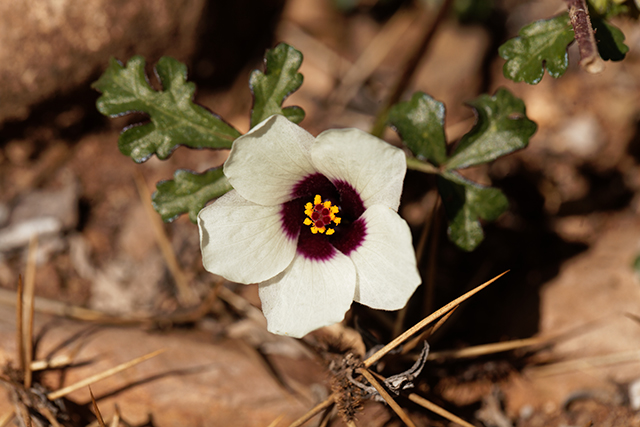
In the study, a team of researchers from the University of Gondar in Ethiopia evaluated the antibacterial and wound-healing properties of an 80 percent methanol extract of H. micranthus leaves using disc diffusion methods and a mouse excision model.
Before proceeding to the actual study, the research team conducted acute oral toxicity and skin sensitivity tests which revealed that the extract was safe up to a dose of two grams per kilogram (g/kg) and that it does not cause skin irritation.
The research team conducted in vitro antibacterial screening against the bacterial strains Staphylococcus aureus, Streptococcus pneumoniae, Streptococcus pyogenes, Escherichia coli, Pseudomonas aeruginosa, Klebsiella pneumoniae, and Proteus mirabilis with the use of disc-well diffusion assay. To assess the plant's wound-healing activity, they gave the mice an ointment base as a negative control, a nitrofurazone ointment as a positive control, a five percent extract of H. micranthus leaves treatment, and a 10 percent extract of H. micranthus leaves treatment. They also investigated the leaf extract for secondary metabolites. Initial phytochemical screenings revealed that the leaf extract of H. micranthus contains alkaloids, flavonoids, saponins, tannins, steroids, phenols, diterpenes, and anthraquinones.
Results revealed that the most sensitive to the extracts of the leaves at concentrations of 800 micrograms per milliliter (μg/ml) and 400 μg/ml respectively were S. aureus and S. pneumoniae, followed by P. aeuruginosa at a concentration of 400 μg/ml. The other bacterial strains were resistant to the extract at any dose. Compared to the control treatments, the five percent and 10 percent leaf extracts caused 99.30 percent and 99.13 percent wound contraction rate, respectively.
The findings of the study suggested that H. micranthus is antibacterial and helps heal wounds faster due to the phytochemicals it contains. Therefore, the extract could potentially be used as a safe, non-toxic, natural antibacterial treatment for wounds.
Other wound-healing plants
Here are other plants that are ideal for wound healing:
- Yarrow – Yarrow was used by the ancient Greeks as a medicinal treatment. This flowering plant, which is similar to chrysanthemums, is commonly used as a treatment for digestive problems – thanks to its high flavonoid content. In addition to this, yarrow has been found to treat wounds and moderate burns. It can enhance the appearance and the contraction rate of burn wounds, according to a 2007 animal study published in the Journal of Animal and Veterinary Advances. Just keep in mind that this plant can interact with blood pressure medication, lithium, and blood thinners.
- Goldenrod – This bright yellow flowering plant has also been used for its medicinal purposes. Goldenrod contains potent anti-inflammatory properties and has been used for bleeding problems. It is typically used in a special mouthwash that helps treat inflammation associated with a sore throat.
- Calendula – Calendula is known as a supplement for wound care regimens. It is believed to improve blood flow, promoting faster wound healing and allowing tissues to develop efficiently. Its flavonoids are also effective in killing viruses and bacteria. It is widely used in natural skin care products.
You can also treat cuts and wounds using things you have at home, such as eggs, tea bags, and white vinegar.
Read more news stories and studies on natural treatments for wounds by going to NaturalCures.news.
Sources include:
Please contact us for more information.























